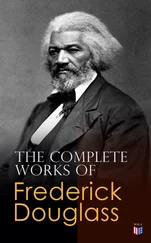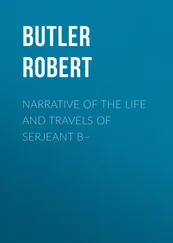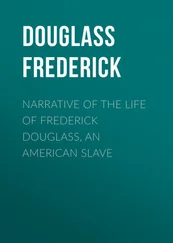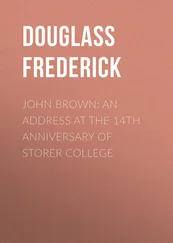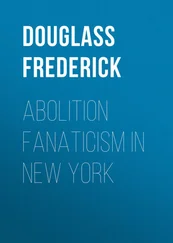Frederick Douglass - Narrative of the Life of Frederick Douglass
Здесь есть возможность читать онлайн «Frederick Douglass - Narrative of the Life of Frederick Douglass» — ознакомительный отрывок электронной книги совершенно бесплатно, а после прочтения отрывка купить полную версию. В некоторых случаях можно слушать аудио, скачать через торрент в формате fb2 и присутствует краткое содержание. Жанр: unrecognised, на английском языке. Описание произведения, (предисловие) а так же отзывы посетителей доступны на портале библиотеки ЛибКат.
- Название:Narrative of the Life of Frederick Douglass
- Автор:
- Жанр:
- Год:неизвестен
- ISBN:нет данных
- Рейтинг книги:5 / 5. Голосов: 1
-
Избранное:Добавить в избранное
- Отзывы:
-
Ваша оценка:
- 100
- 1
- 2
- 3
- 4
- 5
Narrative of the Life of Frederick Douglass: краткое содержание, описание и аннотация
Предлагаем к чтению аннотацию, описание, краткое содержание или предисловие (зависит от того, что написал сам автор книги «Narrative of the Life of Frederick Douglass»). Если вы не нашли необходимую информацию о книге — напишите в комментариях, мы постараемся отыскать её.
Narrative of the Life of Frederick Douglass
Narrative
Narrative of the Life of Frederick Douglass — читать онлайн ознакомительный отрывок
Ниже представлен текст книги, разбитый по страницам. Система сохранения места последней прочитанной страницы, позволяет с удобством читать онлайн бесплатно книгу «Narrative of the Life of Frederick Douglass», без необходимости каждый раз заново искать на чём Вы остановились. Поставьте закладку, и сможете в любой момент перейти на страницу, на которой закончили чтение.
Интервал:
Закладка:
Library of Congress Cataloging-in-Publication Data is Available:
A catalogue record for this book is available from the British Library.
ISBN 9780857089106 (hardback)
ISBN 9780857089120 (ePDF)
ISBN 9780857089113 (epub)
INTRODUCTION
By Debra Newman Ham & Tom Butler-Bowdon
As an ex-slave, orator, journalist and political organizer who challenged both slavery and institutional racism in America, Frederick Douglass was a seminal figure of the nineteenth century. He arguably did more than anyone to turn the country against the “peculiar institution”.
Douglass's Narrative is one of the first accounts of slavery by a fugitive slave. It is both a balanced first-hand insight into his own harrowing story, and a window into the common slavery practices in his time, including its destruction of family life, extreme poverty, absence of legal rights, and dearth of education.
Douglass was a mesmerizing speaker, and audiences could scarcely believe that his eloquent speeches came from a black man, let alone a former slave. But by setting down his account in writing, he would put to rest the doubts of many.
The separation, cruelty, neglect, injustice, and prevention of learning Douglass experienced would on the surface appear to be the recipe for all manner of physical and psychological disorders. The fact that Douglass emerged not only alive, but sane and prosperous, is testament to the power of the individual against overwhelming odds.
EARLY LIFE
Frederick Douglass was born at Holme Hill Farm near the Tuckahoe Creek in Talbot County, Maryland. He was owned by Captain Aaron Anthony. He begins the Narrative by saying he did not know his birthday, and that “by far the larger part of the slaves know as little about their ages as horses know of theirs.”
Slave owners separated mothers from children and placed them in different locations, to intentionally weaken familial bonds. Douglass says he only remembers seeing his mother four or five times when he was young. She would steal away from her master and spend the night with him, returning to her place of work before dawn. He notes in a later version of his autobiography that she referred to him as “my little Valentine,” leading him to speculate that he was born on February 14.
After hearing an owner say that he was sixteen years old, Frederick was able to compute his birth year to be 1817 or 1818. A later discovered birth record kept by Aaron Anthony (now held at the Maryland State Archives) confirms his birth year was 1818 and that his mother's name was Harriet Bailey. Frederick Bailey, as he was known for the first twenty years of his life (we will see how it changed to Douglass), was told that his father was a white man, possibly Anthony, although he was never able to confirm it.
The lack of clear information surrounding his birth and parentage would come to symbolize the abuse and lack of rights that came with being a slave. Slavery not only deprived Douglass of his mother but exposed him to cold, hunger and numerous other privations. He vividly describes the bloody whippings and shootings by his masters. The flogging and beating of his aunt, vividly described in the Narrative , was an event seared into his young mind.
MERE CHATTEL
So that his readers could begin to understand the system of “chattel” slavery, in the Narrative Douglass is careful to emphasize that the slave had no say in their living quarters or work assignments, no rights to family relationships, no redress for grievances and no legitimate testimony in the courts. A slave was legally considered to be property like a horse or a piece of household furniture, not a person. Chattel slavery means the slave as personal property, almost on the same scale as livestock.
Whites could not be prosecuted by slaves for crimes against them. Or as Douglass puts it, “No matter how innocent a slave might be – it availed him nothing …To be accused was to be convicted, and to be convicted was to be punished; the one always following the other with immutable certainty.”
In the event of grievances for cruelty or even murder, a slave could not even act as a witness. Killing a slave was not treated as a crime, either by the courts or by the community. Indeed, Douglass writes, “It was a common saying, even among little white boys, that it was worth a half-cent to kill a ‘nigger’, and a half-cent to bury one.”
GLIMPSING ANOTHER WORLD
In 1825, when he was six or seven years old, Frederick's owner selected him to leave the farm and work as a companion to a small child in a white family, the Aulds, in Baltimore. His mistress was kind at first and provided him with the rudiments of education alongside her son. But the education of slaves was taboo, and before long she was stopped by her husband.
This bar against learning to read made Frederick believe that it was all the more valuable. He had had a glimpse of a different life, one in which he could be educated. In the Narrative , he says he believes that the providential hand of God rescued him from rural slavery, which in many cases was a worse experience than city slavery. He believes that God brought him to Baltimore and let him hear the statement (from his white owner) that education would ruin a slave's acceptance of his or her lot in life. He sums up the view of slave owners: “if you teach that nigger … how to read, there would be no keeping him. It would forever unfit him to be a slave. He would at once become unmanageable, and of no value to his master.”
Frederick would try to get his hands on books whenever he was alone in the house. He enlisted white neighborhood boys to help him learn, asking them to write words on sidewalks or fences so he could learn how to spell them. In return, he gave them pieces of bread because at the time he was well fed. One of the books the local boys made recitations from was The Columbian Orator, a collection of political essays and dialogues designed to inculcate civic values and patriotism in white American schoolchildren. Douglass obtained a copy of the book and studied the speeches with enjoyment. What stuck in his mind the most was a dialogue between a master and his slave. He also came across the word ‘abolition.’ He resolved to learn more about the abolitionist movement, and looked for ways to escape his life as a slave.
PLOTTING ESCAPE
Some years later, Frederick was sent to work with Baltimore shipbuilders on the docks and learned the trade of caulking (sealing) ships. All the time, he secretly memorized written instructions for ships’ construction. Socially, some doors to free black homes and African American churches began to be open to him.
But just as Frederick was beginning to see a path out of slavery, the death of his master meant that he had to return to the Talbot County property. A subsequent owner's death resulted in Douglass, now a teenager, being assigned to several farms doing work for which he had no training or experience. In an attempt to break his assumed resistance (which was, more probably, his ineptitude) to this new labor, Frederick was sent to a “slave breaker,” Edward Covey, whose job was to beat slaves into lifelong submission to their owners. The Narrative includes horrible descriptions of his time under Covey, but ultimately the breaker was unsuccessful. Douglass somehow kept his dignity, and his intelligence and skills seemed to mark him out for other things.
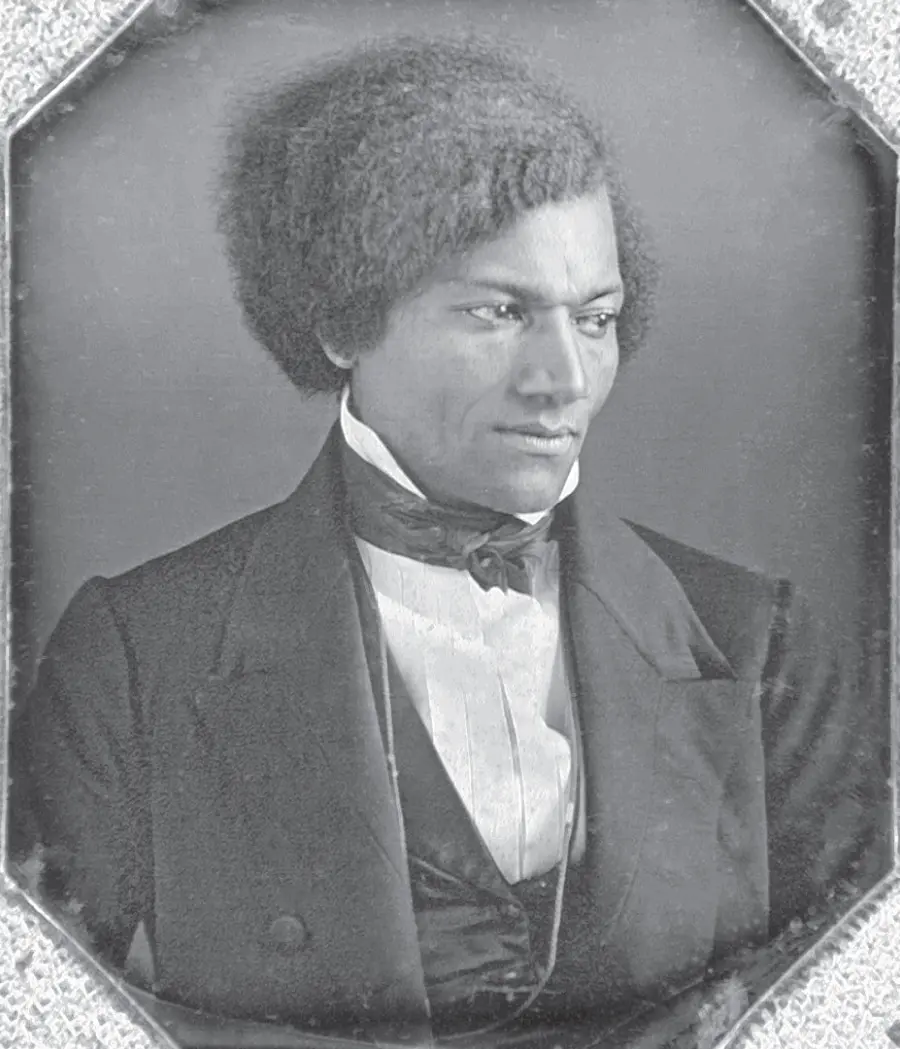 Douglass c. 1840, in his early twenties. Photographer unknown
Douglass c. 1840, in his early twenties. Photographer unknown
Интервал:
Закладка:
Похожие книги на «Narrative of the Life of Frederick Douglass»
Представляем Вашему вниманию похожие книги на «Narrative of the Life of Frederick Douglass» списком для выбора. Мы отобрали схожую по названию и смыслу литературу в надежде предоставить читателям больше вариантов отыскать новые, интересные, ещё непрочитанные произведения.
Обсуждение, отзывы о книге «Narrative of the Life of Frederick Douglass» и просто собственные мнения читателей. Оставьте ваши комментарии, напишите, что Вы думаете о произведении, его смысле или главных героях. Укажите что конкретно понравилось, а что нет, и почему Вы так считаете.





